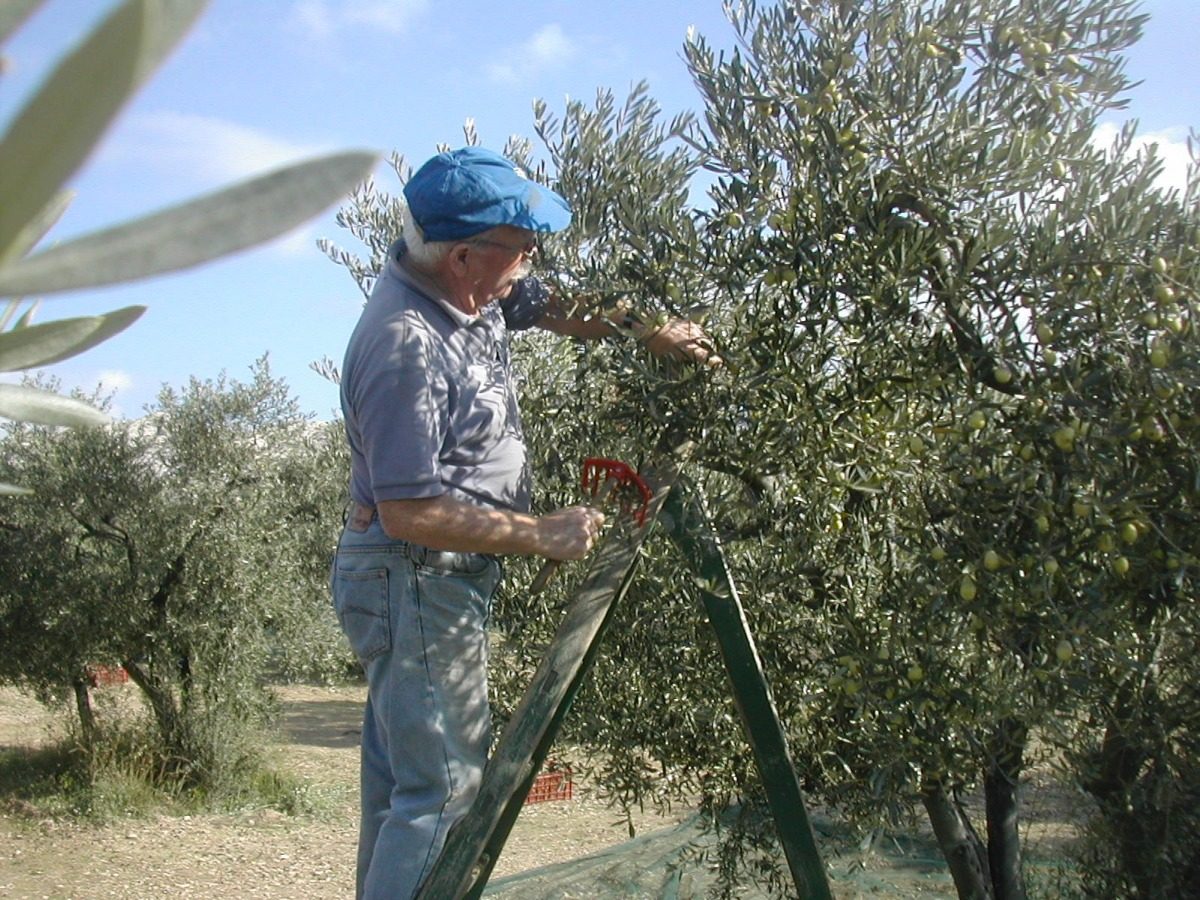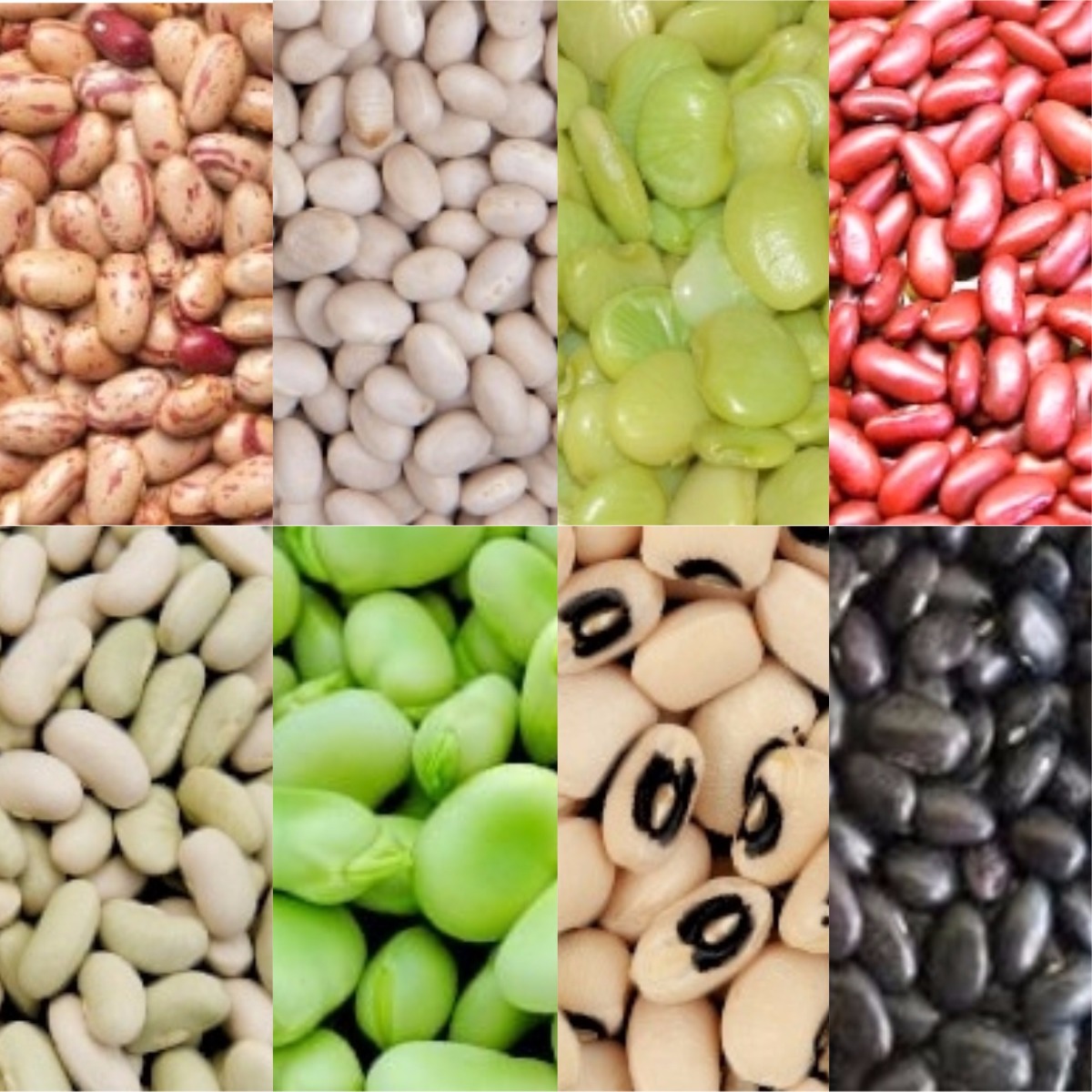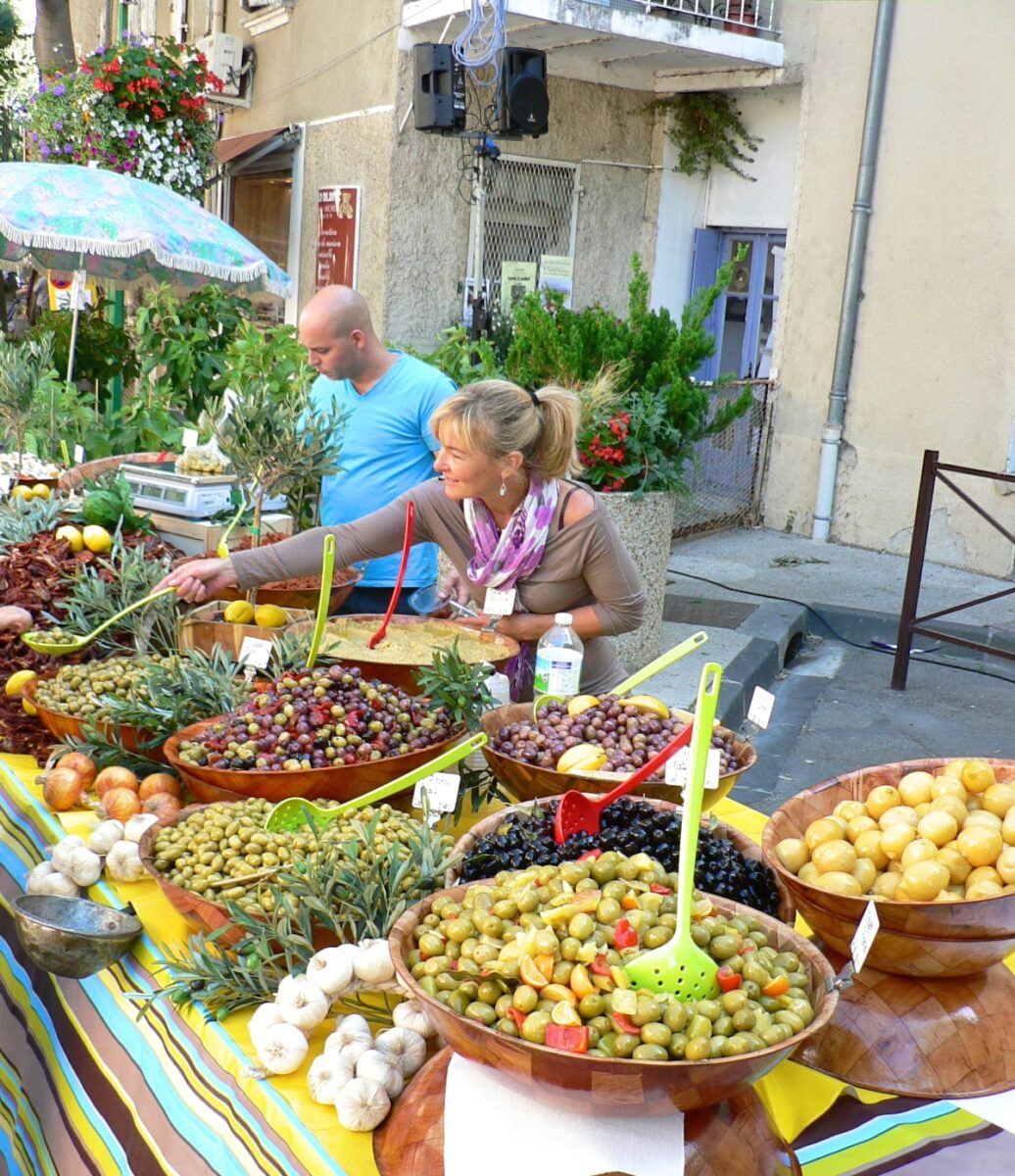Olive oil is an essential component in the Flexitarian way of cooking. It has been used for thousands of years in Southern Europe, the Middle East and North Africa. In order to buy good quality olive oil, it is important to understand the difference between Extra Virgin Olive Oil, Virgin Olive Oil and labels in the US like Pure, Classic, Light and Extra-Light Olive Oil. It will pay off, believe me!
Why is it so important to buy ‘virgin’ olive oil?
Olive oil’s role in cardiovascular protection has been accepted for many years. For a long time, this was attributed to its oleic acid content. Recent studies, however, show that they aren’t the decisive factor.
Virgin olive oil unlike refined olive oil and most animal fats include 200+ different micro ingredients. Scientists are still trying to work out their very complex interplay. These bioactive compounds, especially the polyphenols, seem to have anti-inflammatory, antioxidant and anticoagulant benefits.
In olive oil speak the term ‘virgin’ indicates that the oil should be produced using mechanical means only, with no chemical and/or heat treatment. This is often called the cold-pressed method although modern extraction processes use mostly centrifuges. The result of this extraction method is that the 200+ micro ingredients stay largely intact. Together with sensible eating habits and regular exercise, they seem not only to reduce the risk of cardiovascular diseases but may also be beneficial to combat degenerative diseases like atherosclerosis, diabetes, colon cancer and osteoporosis.
Lastly and equally important is the fact that only genuine (more about fraud later) extra virgin olive oil gives many Mediterranean dishes the right texture and flavor. This can’t be replicated with other oils, least of all low-quality olive oil.

Olive Oil Grades
Here is a quick tour to understand the different olive oil grades.
In 2010 Californian olive oil producers were finally successful to convince the FDA to adopt with some adjustments the quality grades of the International Olive Oil Council (IOC), an intergovernmental organization based in Madrid. The previous classification in the US was Fancy (Grade A), Choice (Grade B), Standard (Grade C) and Substandard (Grade D). It gave ample room to maneuver and the large food conglomerates loved it.
The IOC has 10 quality categories. Let’s look at three categories you will encounter in supermarkets and on the internet and let’s spare you the technical gobbledygook which you can read, if you are interested, on the IOC website.
The ‘hard’ classification criteria have to do with the growing, harvesting and extraction process and the amount of oleic acid. The less oleic acid olive oil contains, the higher the quality. The soft criteria are bouquet, texture, and flavor evaluated by professional olive oil tasters, not unlike wine tasting. Read more about olive oil tasting.
- Extra Virgin Olive Oil: No taste defects, i.e. agreeable flavor of fresh olives, oleic acid of not more than 0.8 percent, only mechanical extraction method allowed
- Virgin Olive Oil: slightly lower quality, may include some taste defects, oleic acid of not more than 2 percent, only mechanical extraction method allowed
- Olive Oil: is the oil consisting of a blend of refined olive oil and tiny bits of lower quality virgin olive oils still fit for consumption.
From Savvy Marketing to Fraud
Pure, Classic, Light and Extra-Light Olive Oil: To enhance the standing of the 3rd category, made largely of refined olive oil with some lower grade virgin oil mixed in, sellers introduced these meaningless labels. A common marketing ploy you find for nearly all industrialized food products.
Frankly, there is a place for refined olive oil, given its much lower cost. If you use virgin olive oil for frying most of the beneficial micro-ingredients will be gone, so you might as well use refined olive oil or other cooking oils. For more on this read Where to buy affordable and good quality Olive Oil.
Do Light and Extra-Light olive oils have fewer calories than other olive oils as the name suggests? It’s the light taste, Bertolli explains: ‘For those seeking the benefits of olive oil with a barely detectable hint-of-olive taste, Bertolli ® Extra Light Tasting Olive Oil is the perfect substitute for butter, shortening, and other vegetable oils.’ Benefits, hmmm – refined oil contains few if any of those micro ingredients beneficial to your health! Most likely the chemical extraction process has added a few unwanted items to it – albeit allowed by this toothless tiger called the FDA.
Bertolli in the US, now owned by a Japanese conglomerate, sells a ‘Bertolli ® Classico Olive Oil, the classic choice for novice cooks and savvy chefs alike.’ What is ‘Classico’ about it? Classic olive oil is the cold-pressed virgin olive oil produced since many thousand years. The only thing ‘Classico’ about Bertolli’s ® Classico Olive Oil is the fact it’s a ‘classic’ case of savvy marketing.
You might think, never mind the cost and let’s just go for Extra Virgin Olive Oil and I’ll be fine. Bad news again: The University of California in Davis concluded in a 2010 study that ’69 percent of imported olive oil samples and 10 percent of California olive oil samples labeled as extra virgin olive oil failed to meet the IOC/USDA sensory (organoleptic) standards for extra virgin olive oil’. In other words, these olive oils didn’t taste and/or smell that well, a clear violation of the ‘voluntary’ IOC/USDA standards.
Tweaking the system happens regularly in the food industry: Hordes of lobbyists make sure legislators understand their ‘concerns’. The penalty for getting caught is negligent as compared to the profits rolling in while the fraud lasts. It is estimated that less than 10% of world olive oil production meets the criteria for extra-virgin, yet up to 50% of olive oil retailed is labeled ‘extra-virgin’. Fraud ranges from straight forward mislabeling to using low-quality olive oil extracted with a soft and difficult to detect refining method and adding artificial flavoring to more dangerous adulteration methods. If you have a peanut allergy you certainly wouldn’t like to find peanut oil in your ‘extra virgin olive oil’.
In 2014 two class action suits were brought in California against importers of the Bertolli and Deoleo brands, two of the most prominent olive oil brands in the US. The claims in the two actions are roughly the same:
- oils were
labelled as ‘extra virgin’ when they were actually mixed with refined oil - the bottle containing the oil is insufficient to protect it from heat and sunlight degradation, therefore by the time it was bought it no longer met the standard for extra virgin olive oil
- misleading front labeling, which states that the products are ‘Imported from Italy’, but the back label clearly indicates the oil’s different countries of origin.
If you are interested in more ot his, just google “extra virgin olive oil fraud” and shed any illusions about honesty and integrity in the food industry.
Why is Extra Virgin Olive Oil so expensive?
I helped with an olive harvest in the Provence a few times. There is a lot of work involved! You need roughly 60-120 lbs (25-55 kg) olives to produce 2 1/2 gallons (10 liters) of virgin olive oil from the first pressing. If growing conditions during the year were right, you have picked only the ripe olives at the harvest (September-December) excluding those damaged by insects or fermenting on the ground, you have delivered the olives within hours to the mill to avoid fermentation, your mill works correctly and is honest, the oleic acid level is below 0.8% and the bouquet and taste of the oil is good then and only then will you be the proud owner of extra virgin olive oil. A lot of ‘what ifs’ to get right!
There is an additional cost in the US for imported olive oil. Production of olive oil in the US amounts to only around 2 percent of world production. So in order to satisfy ever increasing demand, olive oil has to be imported. US Customs has zero tolerance for chemical residues in imported olive oil even if they are well below the 50+ herbicides and pesticides used by local producers. It’s not US Customs fault, it’s the legislative and executive branch who conveniently forgot to require that the FDA establish tolerance levels for imported olive oil. I wonder why – but let’s not talk about all the money sloshing around in American politics. The fact is that industrial food conglomerates active in the US market love this invisible trade barrier or shall we call it ‘oversight’. Keeps prices high and one can continue to sell Pure, Classic, Light and Extra-Light olive oils to the unsuspecting consumer. Fraudsters like it too – their business remains more lucrative.
When do I use Extra Virgin Olive Oil
Unadulterated extra virgin olive oil is expensive. I use it only where texture and flavor enhance the dish. The Flexitarian cuisine doesn’t ask for copious amounts of red meat. So you save a lot of money. Spend some of it on good quality extra virgin olive oil. For more information on what to buy and when to use read Where to buy affordable and good quality Olive Oil.



